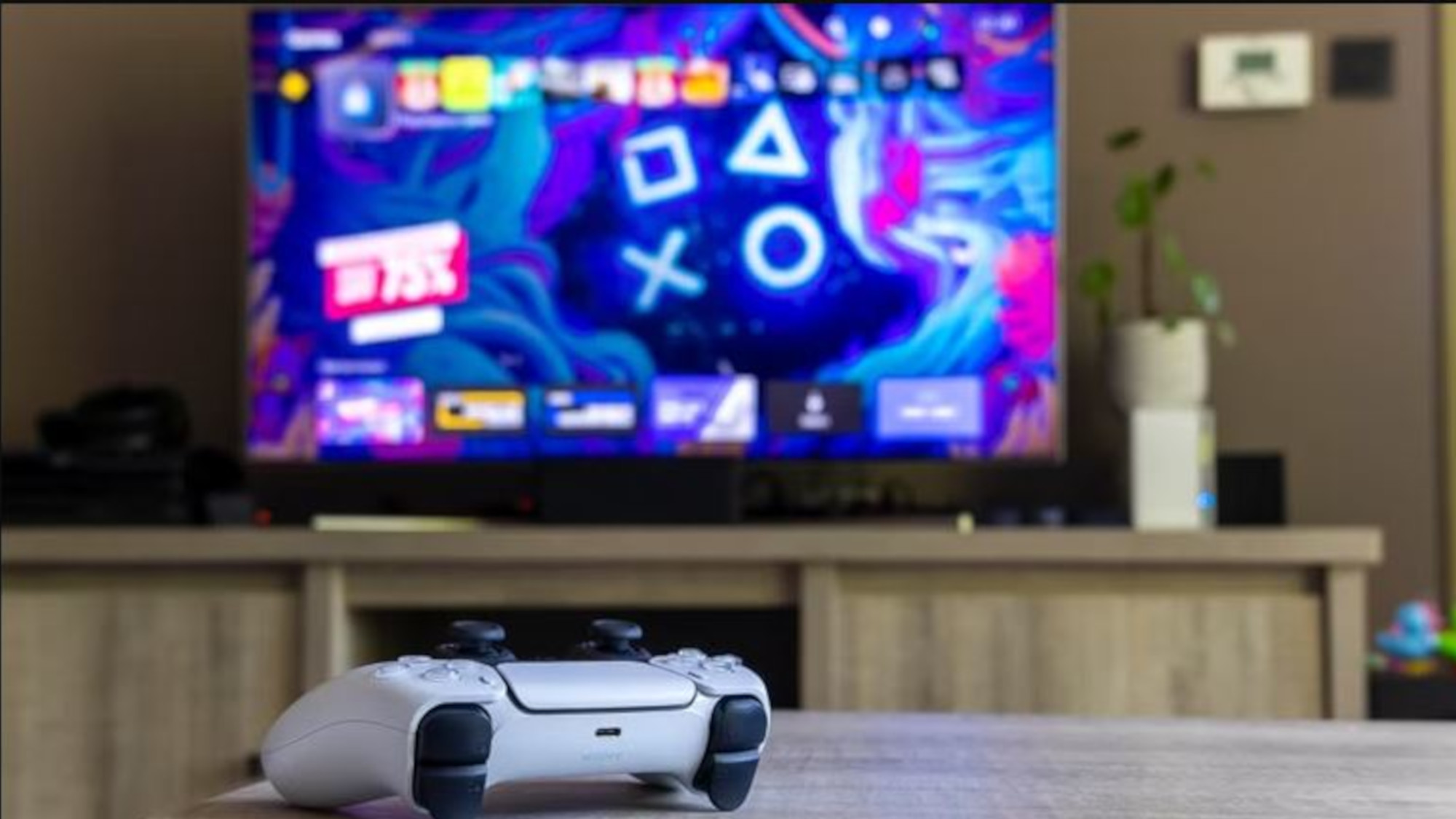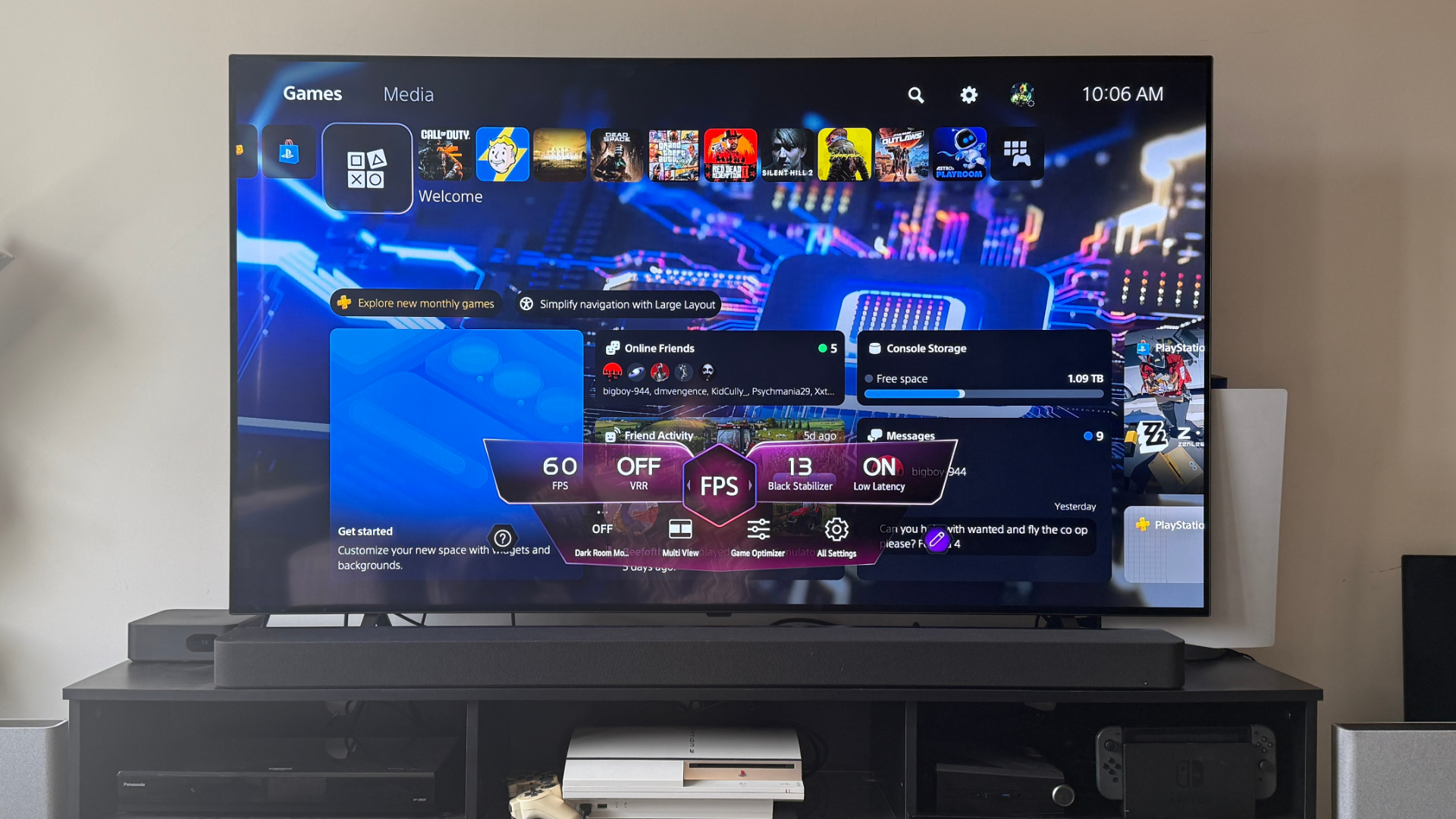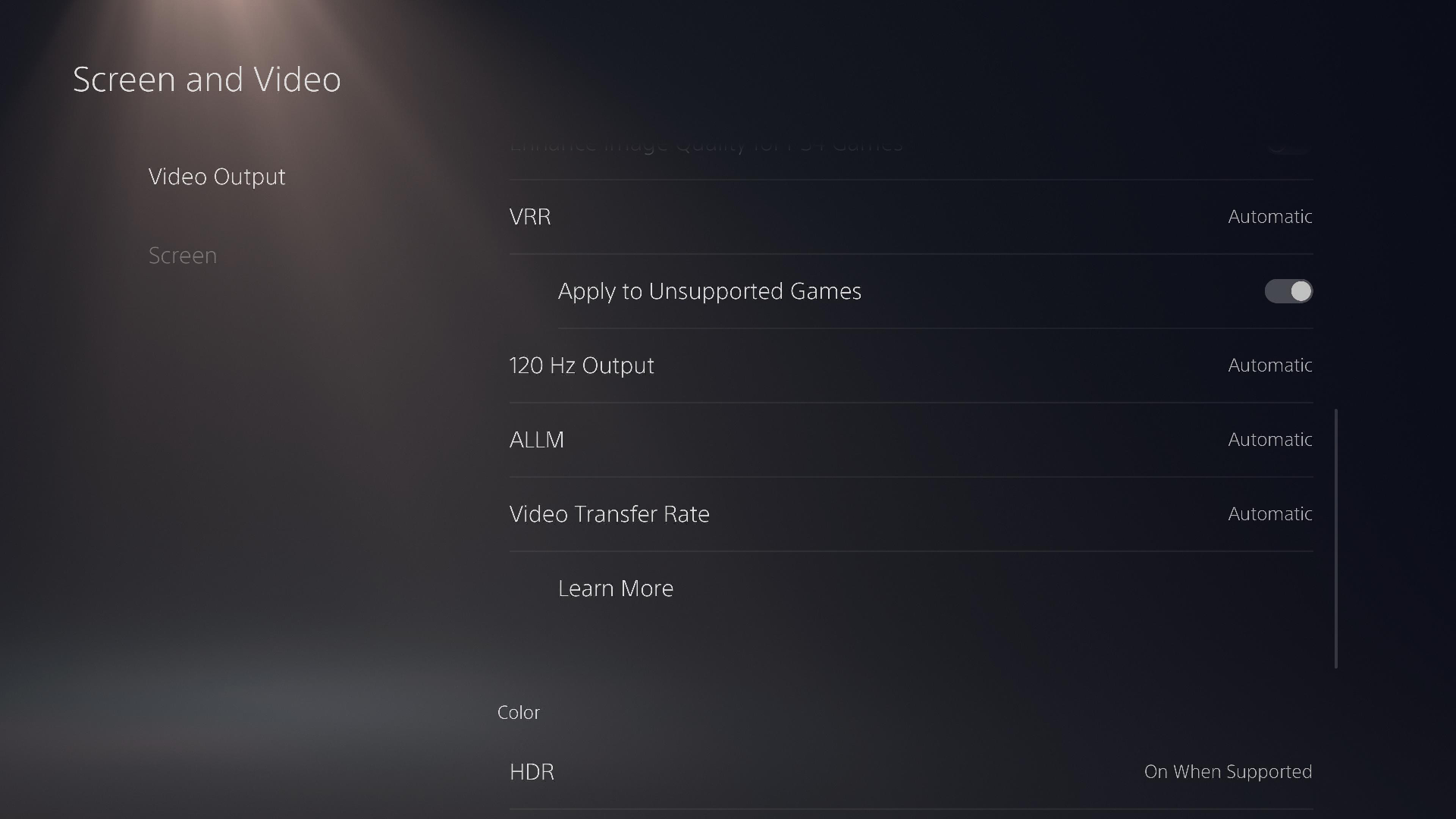
Sony has launched its most powerful console yet in the PS5 Pro. It’s got a mountain of promise at the premium price of $699 (that’s, of course, without a disc drive or vertical stand). The new iteration of the PS5 offers some exciting upgrades over its predecessor, even if you have to squint to see major differences between the PS5 Pro vs PS5.
If you were one of the lucky few to nab the new system , you’ll need some expert tips on drawing out the best it has to offer by changing certain TV settings after setup. No TV is perfectly balanced for gaming right out of the box, after all, and you shouldn't expect Game Mode to be the answer to everything.
In fact, we regularly recommend several TV settings to change on your new TV, as there are a ton of unnecessary and often even questionable settings to avoid. When it comes to gaming, some settings are automatic, but that's not always the case — particularly for HDR workloads.
If you want to get the most out of your new PS5 Pro, changing these TV settings on your new or older TV will benefit your experience greatly. While some settings might not be interchangeable across TV brands, I'll try to shed light on the type of setting being changed.
Which TV settings should I disable for PS5 Pro?

The first step in optimizing your TV for PS5 Pro is to make sure that your TV isn't set to its energy-saving mode (sometimes labeled "Eco mode"). You can read all about these features in our guide on how to disable Eco mode, but doing so will ensure that your TV isn't adjusting the picture automatically based on ambient lighting conditions.
Next, you'll want to ensure that all AI-related settings are disabled. These can lead to some unnecessary adjustments to picture quality and mess with the image in ways we don't want to see while gaming.
Fortunately, they're not hard to find; they'll usually have "AI" in the name, and may even have their own tab in the systems settings. On LG TVs, for instance, these settings include AI Picture Pro, AI Brightness, and AI Genre Selection. The only one you may want to keep on is AI Sound Pro, as it won't adjust the picture.
Sign up to get the BEST of Tom's Guide direct to your inbox.
Get instant access to breaking news, the hottest reviews, great deals and helpful tips.
If available, make sure to also disable 4:4:4 passthrough, as this will really only benefit those using the best gaming PCs. Motion-related settings (such as TruMotion and Motionflow) should also be disabled, as these can cause motion-related artifacts during gaming.
Which TV settings should I enable for PS5 Pro?
Now that we've broadly covered which settings you should disable for PS5 Pro, let's get into the settings you should make sure are enabled.
First, if you don't want to fuss with various video settings, we recommend using your TV's dedicated Game Mode for the smoothest performance with the lowest latency. This is because Game Mode automatically disables many of the settings outlined in the previous section. If your TV features Auto Low Latency Mode (ALLM), it should automatically switch into this mode whenever a console is detected.
The PS5 Pro really draws out the potential in HDR gaming, so it's recommended that you're making the most out of your TV's backlight for HDR games. On LED and Mini-LED TVs, look for a setting called Peak Brightness (or something similar) and set to High. (For OLED TVs, a similar setting might be called OLED Pixel Brightness.)
If you're TV features local dimming, be sure that you're getting the most out of it by setting its local dimming setting is set to its highest configuration.
Unfortunately, the PS5 Pro (like its predecessor) still doesn't have Dolby Vision support, meaning you won't get that grand HDR performance from that certification, but you can still play in HDR.
Optimizing TV audio for PS5 Pro
First, determine if you're using the TV's built-in speakers or an external device, like a Dolby Atmos soundbar. If you're relying on your TV's speakers, you'll only really need to concern yourself with the various audio modes available to you. Most TVs feature some sort of simulated surround sound setting, and we recommend enabling it.
If you are going with a soundbar, you'll simply need to connect it to your TV's dedicated ARC input (or via Bluetooth) and change your audio mode to reflect the connected device.
As mentioned previously, while all the other AI picture performance settings should be turned off to ensure a proper picture, AI-related audio settings are a matter of personal preference.
Optimizing your PS5 Pro's settings

Obviously, the buck doesn't just stop at the TV. The PS5 Pro itself (as well as your games) offer settings you'll want to change before playing.
In your PS5 Pro video settings tab, make sure the following settings are adjusted accordingly:
- RGB Range: "Limited"
- HDR: "On When supported"
- VRR: "Apply to unsupported titles"
Everything else should be set to auto, but I'd also check your sound settings, as well. Change HDMI Device Type to what you're using — either your TV speakers, AV Amplifier, or soundbar.
Plus, if your TV, soundbar, or speaker system supports it, you can change your Audio Format (Priority) to Dolby Atmos, which could net you some good surround sound, depending on your setup.
Remember: These are the settings we recommend to get the most out of your PS5 Pro, but if you genuinely like the way your TV looks or sounds with certain settings enabled, by all means, use them. Bear in mind, however, that some of them may affect certain aspects of gaming performance (like input lag).
For more information, check out our guide on upgrading to a new TV for PS5 Pro.
More from Tom's Guide

Ryan Epps is a Staff Writer under the TV/AV section at Tom's Guide focusing on TVs and projectors. When not researching PHOLEDs and writing about the next major innovation in the projector space, he's consuming random anime from the 90's, playing Dark Souls 3 again, or reading yet another Haruki Murakami novel.
